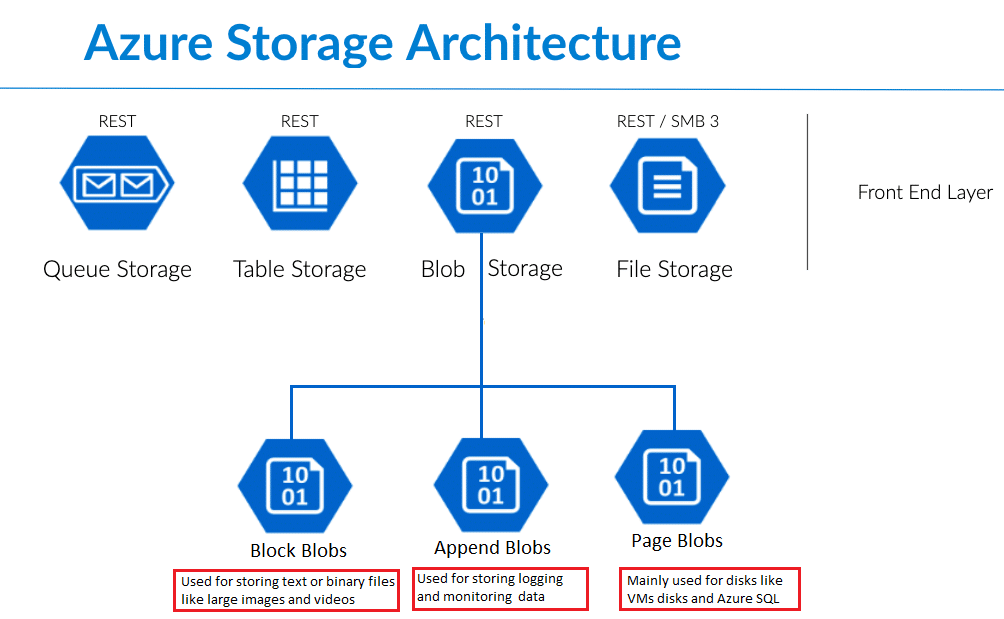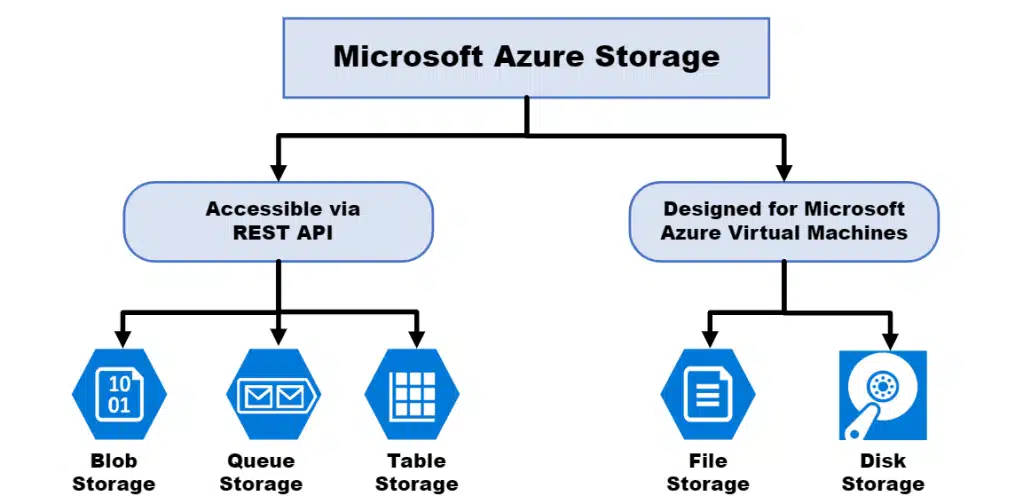When you’re dealing with image storage in your database, you’ll want to strike a balance between efficiency and performance. There are a couple of approaches you can take, each with its own pros and cons.
Storing images directly as BLOBs keeps everything self-contained but can impact query speed, while storing file paths allows for faster retrieval but introduces complexities.
The key is finding the sweet spot that works best for your specific use case. Let’s examine the nuances of these strategies and determine the most suitable way to store and serve your images.
Storing Images Directly in the Database (BLOB)

Storing images directly in the database as binary large objects (BLOBs) offers transactional integrity and simplified access control, but it comes with trade-offs that can impact performance and scalability.
When you store BLOBs, the database needs to maintain additional metadata for the binary data, which can lead to increased fragmentation and complexity in managing BLOB locations and pointers.
Larger BLOB sizes can also change the memory usage patterns and working set of the database, potentially displacing other important data from the RAM cache and impacting comprehensive performance.
Backing up and restoring databases with large BLOB data takes longer and increases storage requirements.
Furthermore, indexing and querying the BLOB data can be more challenging and less effective, and it may lead to increased network latency when retrieving the binary data.
Storing Image File Paths in the Database

An alternative approach is to store only the file paths or URLs of the images in the database, while keeping the actual image files on a separate file storage system.
This method offers several advantages over storing images directly in the database. By storing just the file paths, you can drastically reduce the size of your database, as it only needs to hold text-based information.
This can lead to improved database performance and faster query execution times.
Moreover, separating the image files from the database allows for more flexibility regarding storage options.
You can choose a file storage system that’s optimized for serving images, such as a content delivery network (CDN) or a dedicated file server, which can enhance the overall performance of your application.
Hybrid Approach: Combining BLOB and File Paths
Combine the best of both domains by adopting a hybrid approach that stores image metadata and paths in the database while keeping the actual image files in the file system for excellent performance and scalability.
This allows you to maintain transactional integrity between the database records and file system objects, ensuring consistency and ease of management.
You can leverage the database’s indexing and querying capabilities for efficient access to image metadata, while benefiting from the file system’s optimized file transfer mechanisms for faster image retrieval and serving.
Moreover, you can implement caching mechanisms and optimize the directory structure and indexing techniques to further enhance performance and responsiveness.
Optimizing Image Storage for Performance
To guarantee your image storage solution provides exceptional performance, consider implementing several key optimizations.
Compressing images reduces file sizes, allowing for faster rendering and improved load times. Caching mechanisms minimize the need for frequent database lookups, further enhancing performance.
Optimize your database structure and indexing to guarantee efficient retrieval of images. Regularly monitor and address any performance bottlenecks, such as excessive database load or network latency, to maintain ideal performance.
It’s vital to evaluate your long-term growth and image storage needs to ascertain the scalability of your chosen solution.
By implementing these optimizations, you can strike the right balance between centralized image management and high-performance delivery, ensuring a smooth user experience as your application grows and evolves.
Best Practices for Storing Images in a Database
When storing images in a database, it’s crucial to adhere to best practices that guarantee high-performance, scalability, and maintainability.
Initially, consider using a dedicated image storage system or a content delivery network (CDN) to offload image serving from your primary database. This approach ensures faster image retrieval and reduces the load on your database server.
Secondly, optimize your images before storing them. Compress the images to reduce their file size without compromising quality. This optimization helps minimize storage requirements and improves loading times.
Thirdly, implement proper indexing and querying techniques. Use appropriate database indexes on image-related fields to speed up search and retrieval operations.
Employ efficient querying methods to avoid performance bottlenecks when fetching images from the database.


















